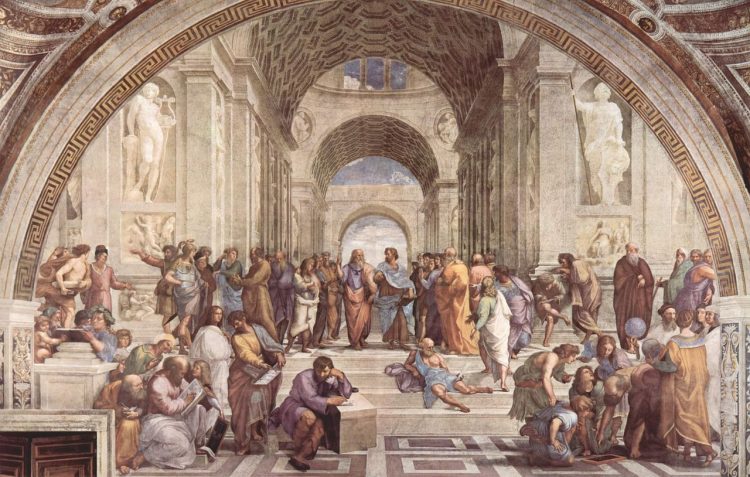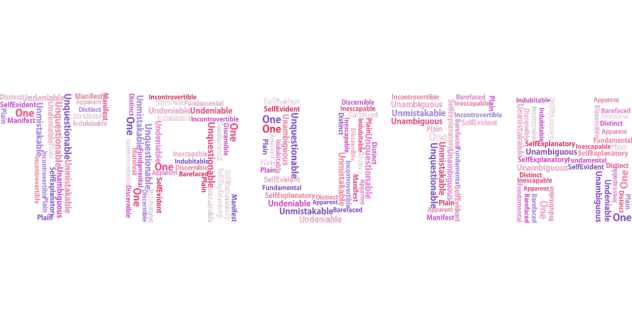Great teaching inspires learners.
By “inspire”, I mean it leaves them feeling emotionally engaged or connected with the content knowledge.
Emotional engagement matters as much in primary school as it does in graduate school. It matters as much in K-12 Art, History, Mathematics, Science or Languages classrooms as it does in institutions of Higher Education. Whatever the discipline—Linguistics? Molecular Biology? Electrical Engineering? Commerce? MicroEconomics? Curriculum Theory? (you name it)—effective teaching engages the emotional and imaginative lives of students. This post describes four tools—cognitive tools—that every educator in Higher Education needs in their toolkit. You can skip to the bottom to find them, or read on for some background on the relationship between emotional engagement, imagination, & cognitive tools.
Different Learners Require Different Tools of Engagement
The Tools of Imagination Series has aimed to show the wide range of cognitive tools educators in all contexts can use to engage their students. If you have been following the series, you know that cognitive tools tie up content knowledge (any content knowledge) with thinking and feeling. You also know that depending on who your students are, different cognitive tools will have the most impact on their learning.
Have you ever noticed that children’s imaginations are alive with stories? They envision the world in ways that are ripe with dramatic images and fantasy, rhythmic with patterns, rippled with mystery and awe. Our youngest students make meaning of their experiences—of your curriculum—through the tools oral language provides. These include story, dramatic oppositions, rhyme/rhythm/pattern, engagement of the body, and a sense of mystery. Their worlds are shaped by the richness oral language offers them.
Have you ever noticed that learning to read often coincides with a shift in the kinds of things that emotionally and imaginatively engage children? When children learn to read a whole new set of tools functionally “rewires” the brain—now, the stories that engage children tend to have dramatic extremes and limits within them, they have strong heroic and human dimensions, they evoke a sense of wonder. Our literate students are less likely to believe in the fantasy of, say, Santa Claus, because they are now fascinated with reality and its fantastic dimensions. Our literate students make emotional meaning of their experiences through the tools of literacy. These include story, extremes and limits of reality, heroic qualities, humanization of meaning, sense of wonder, revolt and idealism, and change of context. Outside of “school”—whether hanging out with friends, playing an online game or reading a favorite book—these “tools” are the features of the world reading students find most engaging.
Teach Adults?
If you teach adults, you will know that many of the tools that engage younger learners continue to work for adults. For example, the story-form is one of humankind’s more powerful learning tools. You will know that evoking vivid mental images with words or using metaphor/analogy helps learning. You will know that the sense of wonder is a powerful means to ignite emotion. So never ignore these tools (Find all the tools here.) However, these tools may not be as effective for engaging adults. Why? Because many adults have discovered the world of theoretical ideas—there are now powerful tools of philosophic engagement that you will want to employ in your teaching to tie up their emotions and imaginations with the subject matter.
Have you noticed that in late high school—or perhaps later, or earlier, depending on the learning opportunities they have—teens may begin to ask theoretical or philosophical kinds of questions about the world? Older students (late teens/adults) often realize that a world of theory exists to explain the immediate experiences they have had and all of the events they have studied in school. As part of their developing theoretical thinking skills, learners enjoy exploring abstract ideas and finding certainty and “Truth” in big ideas. As teens, the big ideas or theories that explain how society, government, culture, or nature work (or indeed these very concepts—society, culture, nature etc.) begin to contribute to their own identity. Theory now feeds an interest in gaining a sense of intellectual security and expressing personal agency.
4 Tools Every Educator In Higher Education Needs In Their Toolkit
Here are 4 power tools for philosophic engagement that all educators in Higher Education contexts can employ to maximize engagement and learning in their classrooms.
Employ A Meta-Narrative Structure
Introduce General Theories & Anomalies
How do you employ these tools with your students?
Please leave a comment! We would also love to know how you employ other powerful learning tools of the imagination in your teaching. Story? Imagery? Play? Role Play? Heroic Qualities?
Get a summary of powerful tools here:
How To Engage Young Learners: 7 Tools of the Imagination You Need To Use
Teach Readers? Use These Tools To Fulfill Their Need For Adventure



